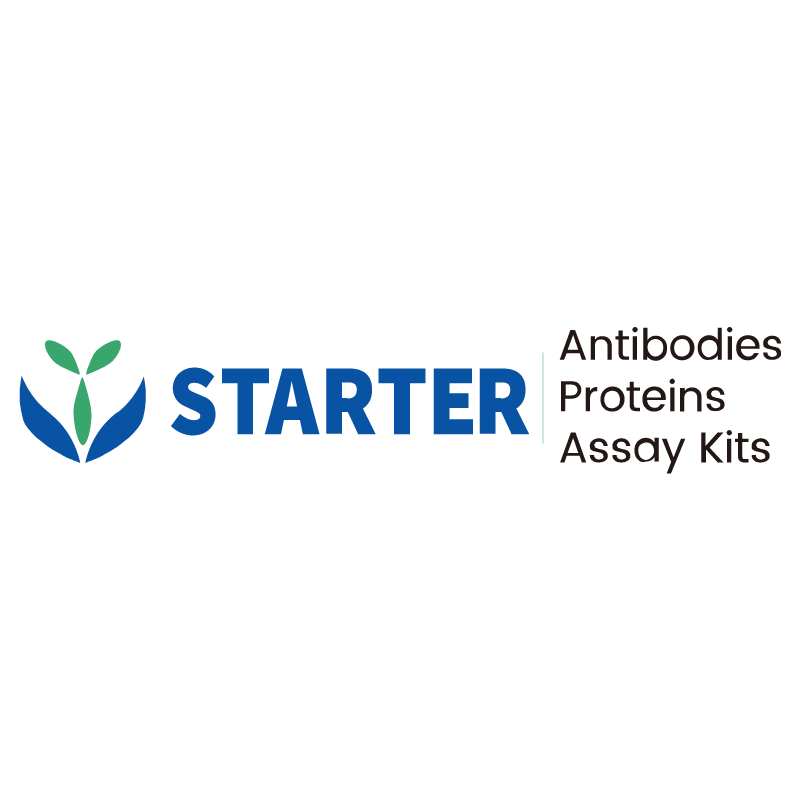Standard curve
Example of Mouse IFN-α1 standard curve in Assay Diluent #11.
Product Details
Product Details
Product Specification
| Antigen | IFN-α1 |
| Immunogen | Recombinant Protein |
| Antibody Type | Recombinant mAb |
| Reactivity | Ms, Rt, Gt |
| Purification | Protein A |
| Stability & Storage | 12 months from date of receipt / reconstitution, 2 to 8'C as supplied. |
Kit
| Precision | Intra-assay: 4.1%; Inter-assay: 8.4% |
| Sample type | Cell culture supernatant; Serum; Plasma |
| Assay type | Sandwich (quantitative) |
| Sensitivity | 2.931 pg/mL |
| Range | 15.63 pg/mL – 1000 pg/mL |
| Recovery | Cell culture supernatant: 105% Serum: 92% Plasma: 84% |
| Assay time | 60 minutes |
| Species reactivity | Ms; Rt; Goat |
Background
Mouse IFN-α1 is a key cytokine belonging to the type I interferon family, which is crucial for the innate immune response against viral infections. It is primarily produced by leukocytes, such as macrophages and dendritic cells, upon detection of viral pathogens. This signaling molecule functions by binding to the ubiquitous interferon-α/β receptor (IFNAR) on the surface of target cells. Upon receptor engagement, it activates the classic JAK-STAT signaling pathway, leading to the expression of numerous interferon-stimulated genes (ISGs). These ISGs establish an antiviral state within cells by inhibiting various stages of viral replication and propagation. Due to its potent immunostimulatory effects, mouse IFN-α1 is extensively used in research to study antiviral mechanisms and immune modulation in murine models. It is also employed as a therapeutic agent in experimental settings to treat viral infections and enhance anti-tumor immunity in mice. Thus, it serves as an essential tool for understanding innate immunity and developing novel immunotherapies.
Picture
Picture
ELISA
Linearity
The concentrations of Mouse IFN-α1 were measured and interpolated from the target standard curves and corrected for sample dilution.
Sample is undiluted samples are as follows: mouse serum was 2 fold dilution (50%). The interpolated dilution factor corrected values are plotted. The mean target concentration was determined to be 214.58 pg/mL in mouse serum.
Linearity
The concentrations of Mouse IFN-α1 were measured and interpolated from the target standard curves and corrected for sample dilution. Sample is undiluted samples are as follows: rat serum was 2 fold dilution (50%). The interpolated dilution factor corrected values are plotted. The mean target concentration was determined to be 622.39 pg/mL in rat serum.
Linearity
The concentrations of Mouse IFN-α1 were measured and interpolated from the target standard curves and corrected for sample dilution. Sample is undiluted samples are as follows: goat serum was undiluted (100%). The interpolated dilution factor corrected values are plotted. The mean target concentration was determined to be 503.19 pg/mL in goat serum.
To assess the linearity of the assay, two samples were spiked with high concentrations of Mouse IFN-α1 in various matrices and diluted with the appropriate Calibrator Diluent to produce samples with values within the dynamic range of the assay.
To assess the linearity of the assay, sample was spiked with high concentrations of Mouse IFN-α1 in various matrices and diluted with the appropriate Calibrator Diluent to produce samples with values within the dynamic range of the assay.
Specificity
Test the specificity of different serum.
Leading Competitor comparison
Protocol Diagram


